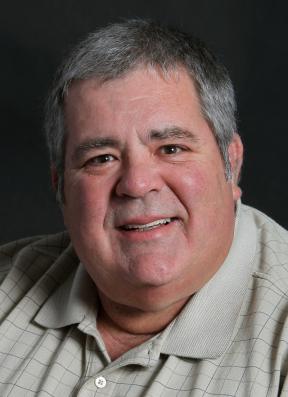MONTE DUTTON – HOPE SPRINGS ETERNAL
Click here to follow us on Twitter @circletrackplus Click here to like us on Facebook
 Yes, as the old song notes, “Time changes everything.”
Yes, as the old song notes, “Time changes everything.”
That may be a bit of exaggeration, but change takes some getting used to, and one of NASCAR’s problems is that it changes too fast for its fans to keep up. The fans could use a caution flag. The sport’s leadership wanted to bring it into the 21st century and found out the rest of the world was already there.
I can’t really give it up, though. I’ve been following stock car racing since my earliest memory. I have no idea how old I was when I watched flathead Ford modifieds race at a dirt track in Greenwood, S.C., that was out of business before I got a chance to go to another race there, but I was hooked, and when I was seven, I got a man named Ralph Barnes to take me to Bristol, where I watched Ned Jarrett win the Volunteer 500.
Then I got my dad to start taking me to Greenville-Pickens and Darlington.
When I grew up, I became a sportswriter, but it took me until I was 35 to work my way into writing about NASCAR full-time. That gig lasted for 20 years, but the aforementioned time changed everything, and now I watch from a distance.
Way back in the 1990s, NASCAR got above its raising. Blind ambition made it more and more like every other sport, stars in its eyes and excessive amounts of money in its pocket. What made it popular in the first place was that it wasn’t like every other sport.
It ran me off literally and much of its fan base figuratively. NASCAR fired so many shots at the goose that laid the golden eggs that the old bird finally succumbed.
Even now, from a distance, I cringe a little when people bore me to tears telling me how much they used to love racing and how they couldn’t care less about it now. I understand it. I just wish it wasn’t so.
You know what? It’s getting good again. It was good to see a battle between Kevin Harvick and Denny Hamlin decide the race in New Hampshire, and the week before, the sport’s band of brothers, Kurt and Kyle Busch, dueled it out in Kentucky.
Among NASCAR’s many problems is a generational change, not only in its fans but in its drivers. Dale Earnhardt is gone. Junior and Jeff Gordon are in the TV booth. Carl Edwards mysteriously walked away. Tony Stewart is still around, but he only drives at the dirt tracks, mainly in races I don’t get a chance to watch. Jimmie Johnson isn’t winning. Harvick wasn’t until last week.
Kids are coming along. Kids I don’t know. At first, they seemed tediously alike. Gone were the working-class heroes, replaced by a group that I stereotyped as rich, home-schooled, that plus they all seemed to have the same names: Cody, Cole, Chase, Dustin, Justin, Josh, Joey, Bryan, Ryan, Reed, etc.
What I wouldn’t give for a Fred, a Red, a Harry or an Earl.
But I’m catching on. The last few weeks I’ve seen signs of personality in drivers such as Alex Bowman, Erik Jones and the Daniels, Suarez and Hemric. Perhaps they are young men we shall get to know better.
In my two racing novels, Lightning in a Bottle and Life Gets Complicated, a rebellious young driver came from nowhere to take the sport by storm.
There may be a Barrie Jarman out there yet.





